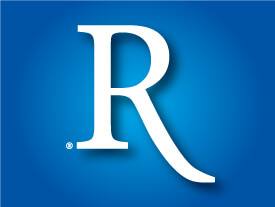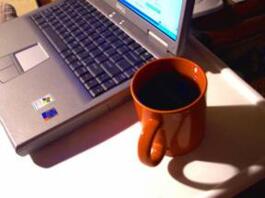Hudson Index Stable
The Hudson Employment IndexSM remained on par with December’s 103.4 reading as U.S. worker confidence slipped just .8 points to 102.6 in January.

The Hudson Employment IndexSM remained on par with December’s 103.4 reading as U.S. worker confidence slipped just .8 points to 102.6 in January.

One in three workers claims that the most recent employer-provided training they attended probably was not worth their time, according to results of a national survey of 1,674 employees conducted by Hudson. In fact, 12 percent say their most recent training session was a total waste of time.

The Rasmussen Index, which measures the confidence of consumers on a daily basis, finds that the Republican level of economic confidence is nearly twice as high as Democrats. Confidence among the GOP faithful is measured at 160.3. This compares to a Rasmussen Index reading of 85.2 for Democrats. Those not affiliated with either party are in the middle at 105.9.

Overall perceptions of the economy have been improving in recent months, but Republicans and Democrats continue to view the economy from entirely different perspectives. Republicans see a glass that is more than half full while Democrats see one that is almost empty.

The outlook on employment conditions among U.S. workers grew more positive in January as the Hudson Employment IndexSM, rose 2.6 points to 106.2. The upward move reflects greater optimism about personal finances, higher job satisfaction and fewer concerns about job cuts.

Sixty-eight percent (68%) of American Investors say their personal investment portfolios are worth more today than they were a year ago. A Rasmussen Reports survey found that 25% of Investors believe their portfolios declined in value.

During 2004, for the first time ever, the Rasmussen Consumer Index stayed above the 100 mark all year. The Index reached its all time high of 127.0 during the first week of the year, fell to a low of 104.6 in May, and closed the year at 114.2.

The Hudson Employment IndexSM climbed to 103.4 from 100.1 in December, reflecting a substantial increase in the confidence of U.S. workers.

After undergoing a steady rise since June, the Hudson Employment Index (SM) declined to 106.9 in September, marking a two point decrease from its previous reading of 108.9. Its fall reflects a significant drop in employee confidence in the labor market in the last month.

The Hudson Employment Index (SM) continued its ascent in August to 108.9, marking a half-point increase from July and revealing another small, yet steady rise in employee confidence in the labor market.

Among U.S. workers who use computers on the job, an overwhelming majority (91 percent) believe that their employers provide them with the computers and technical tools they need to do their jobs effectively, according to a new national Hudson technology survey.

The Hudson Employment Index (SM) continued its ascent in July, reaching a record high of 108.4 for the year and surpassing all previous ratings for the second month in a row.

Fifty-one percent (51%) of American workers say they receive equal pay for equal work, whereas 37% do not.

In Texas, the Hudson Employment Index fell three points in June to 107.4. That's down from110.3 a month ago, but up from 103.2 the month before.

The Hudson Employment Index rose sharply in June signaling continued strong job creation by the U.S. economy in the second quarter. The Index rose 3.1 points to 107.9, its 2004 high.

In California, the Hudson Employment Index rose slightly in June to 108.1. That's up from 107.4 a month ago and 99.8 the month before that.

In Florida, the Hudson Employment Index gained five points in June to 115.1. That's up from 110.4 from a month ago and 106.1 the month before that.

In Illinois, the Hudson Employment Index gained six points in June to 108.5. That's up from 102.3 a month ago.

In Michigan, the Hudson Employment Index gained nearly ten points in June to 104.7. That's up from 95.5 a month ago and 93.3 the month before.

In New York, the Hudson Employment Index slipped two points in June to 88.0. That's down from 90.2 a month ago but up from 85.3 the month before.